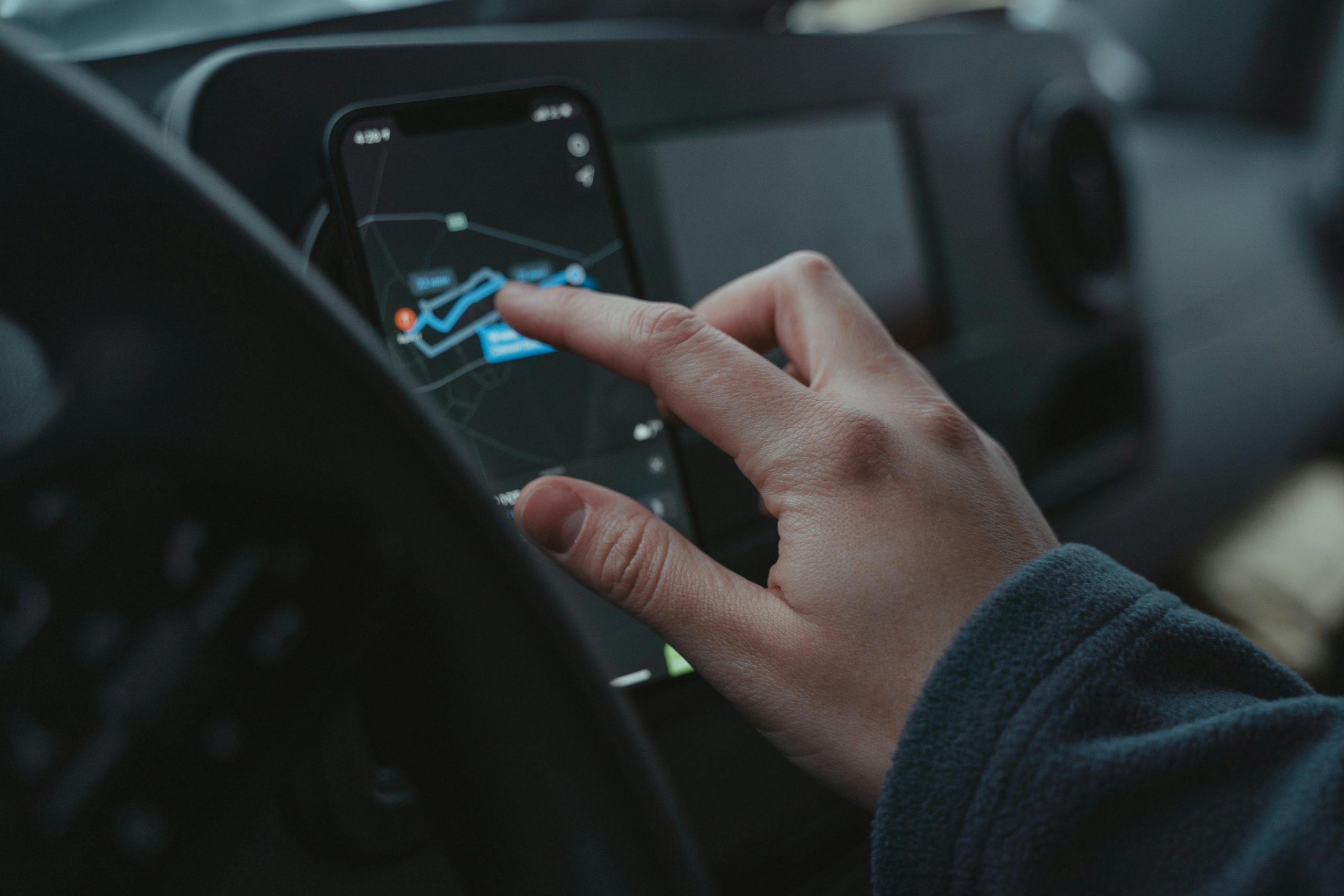Troubleshooting Drive Detection Issues When Using HDDSuperClone on Linux for Disk Imaging
Introduction
Data recovery and disk imaging are critical processes when attempting to restore or preserve important files from failing or inaccessible drives. Many users turn to tools like HDDSuperClone, a popular unified solution for cloning and imaging drives. However, Linux users may encounter challenges in locating their internal storage devices during the imaging process. This article discusses common issues related to drive visibility in HDDSuperClone and provides practical solutions to ensure your internal drives are accessible for disk imaging tasks.
Understanding the Context
Suppose you are using a guide such as the one available on Reddit’s Data Recovery Software wiki to create a disk image of a WD “My Passport Ultra” external drive experiencing access issues. You have booted from a USB drive containing OpenSuperClone, a Linux-based environment pre-installed with HDDSuperClone, and are attempting to select your internal hard drive as the destination for the disk image.
The Problem
Upon initiating the imaging process within HDDSuperClone, the source drive (your external WD My Passport) is visible and selectable. However, when attempting to select a destination drive to save the image, the internal hard drive does not appear in the list of available locations. The only visible locations are your user’s home directory, desktop, or the mounted USB drive under “Other Locations.”
This issue can be perplexing, especially if you are not highly familiar with Linux’s file system and device management. Notably, the detection of the internal drive during cloning (e.g., when creating a clone rather than an image) suggests that the drive is recognized by the system but not by HDDSuperClone’s interface when choosing the save location.
Common Causes
- Drive Mounting Status: Internal drives may be unmounted or not automatically mounted in the Linux environment.
- File System Compatibility: If the drive has an unsupported or corrupted file system, it may not be visible or accessible through the image saving interface.
- Access Permissions: Insufficient permissions may prevent HDDSuperClone from detecting or accessing the drive.
- Disk Mount Points: The drive may be recognized by the system but not assigned a mount point in the file browser.
Potential Solutions
-
Verify Drive Detection in Linux
-
Use the terminal to list available drives:
bash
lsblk
This command displays all block devices and their mount points. Confirm whether your internal drive appears and is mounted.
- Alternatively, run:
Share this content:


